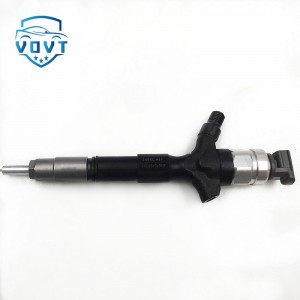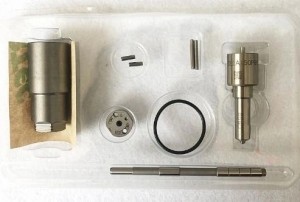Abstract:
The wear of injector nozzle orifices directly affects the sealing performance and fuel injection accuracy of diesel engines, leading to variations in leakage rate and overall injection stability. To establish a quantitative relationship between nozzle wear and fuel leakage, this study develops a coupled physical–empirical model based on orifice flow theory and micro-gap leakage mechanics.
First, the main fuel flow and leakage through worn orifices are modeled using the discharge coefficient
Cd and the effective flow area
A(d), considering the influence of diameter enlargement, surface roughness, and edge rounding caused by wear. Meanwhile, leakage through needle-valve gaps is described by laminar Poiseuille flow or turbulent orifice-like expressions, depending on Reynolds number and clearance size.
Experimental validation is performed by measuring fuel leakage under various pressure differences (50–180 MPa) and wear levels, while microscopic characterization (SEM and 3D profilometry) provides wear parameters such as orifice diameter
d, surface roughness
Ra, and clearance height
h. The identified parameters are fitted using nonlinear least squares, yielding an empirical relationship of the form
Qleak=Cd(d,σ)A(d)ρ2Δp+CgAgρ2Δp
which accurately predicts leakage growth with increasing wear.
Results show that a 10 μm enlargement in nozzle diameter can increase fuel leakage by 25–40%, while micro-gap wear of only 2 μm may contribute an additional 10% leakage. Sensitivity analysis indicates that orifice diameter and clearance height are the dominant factors affecting leakage.
This quantitative model provides a theoretical foundation for injector wear prediction, early fault diagnosis, and lifetime management in high-pressure common-rail fuel systems.





















